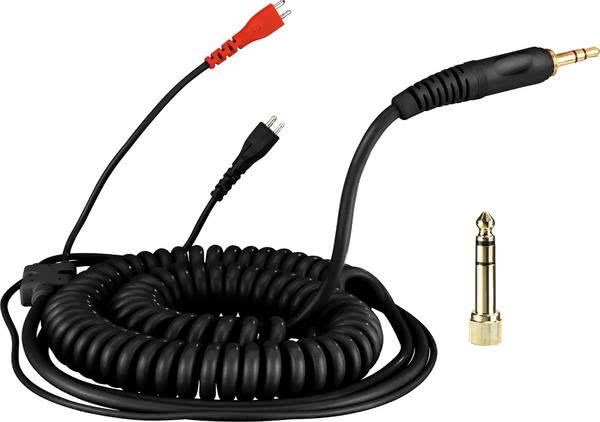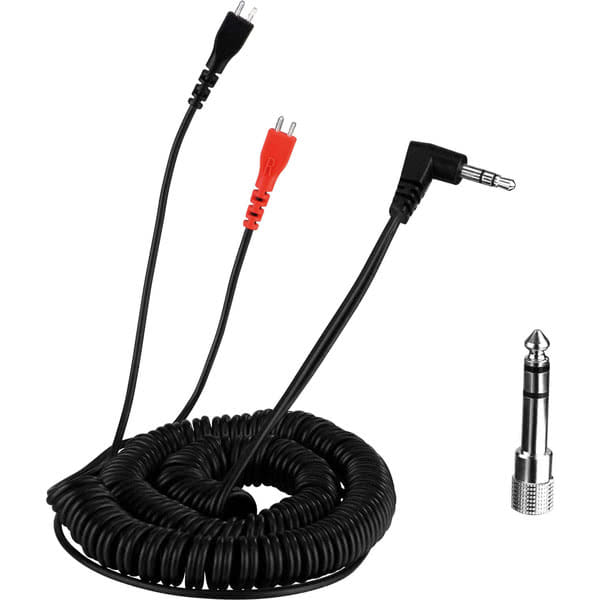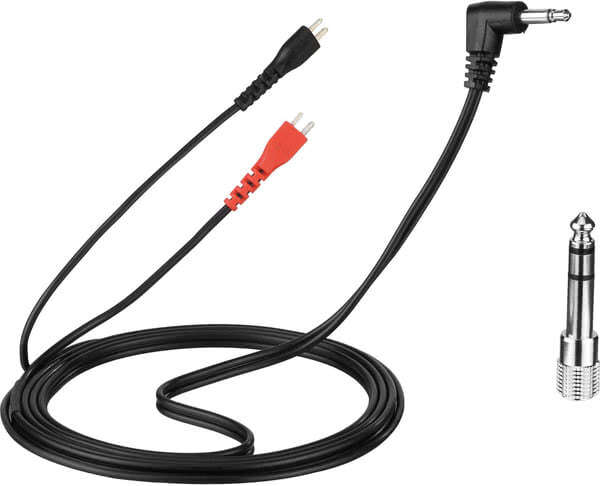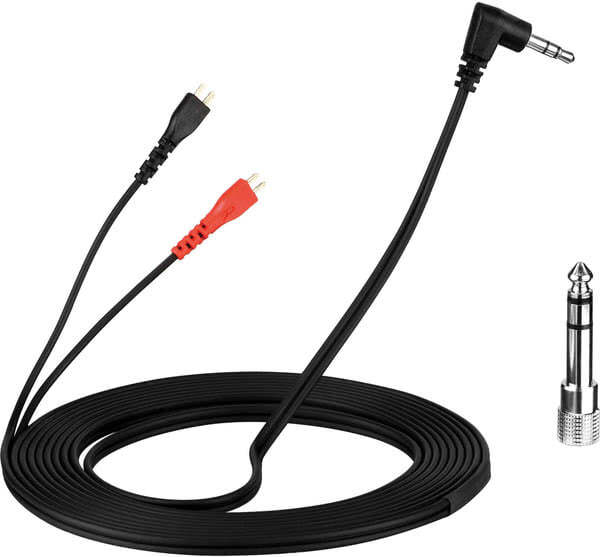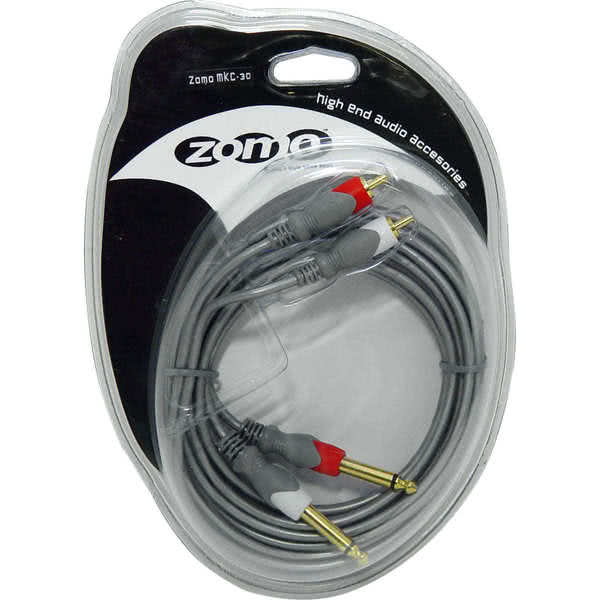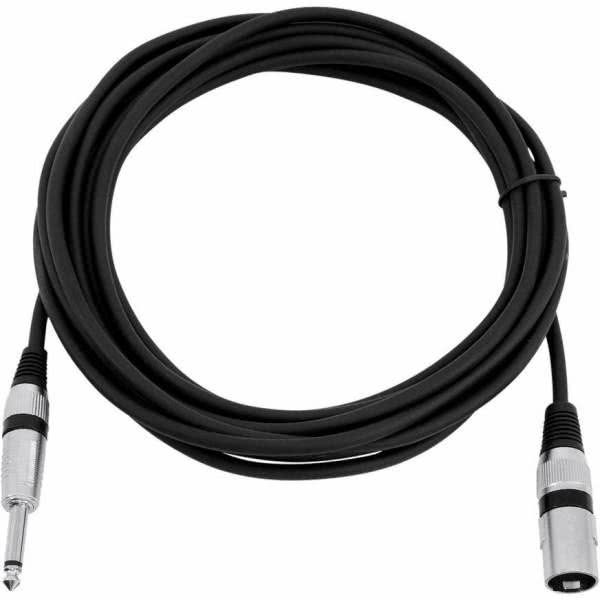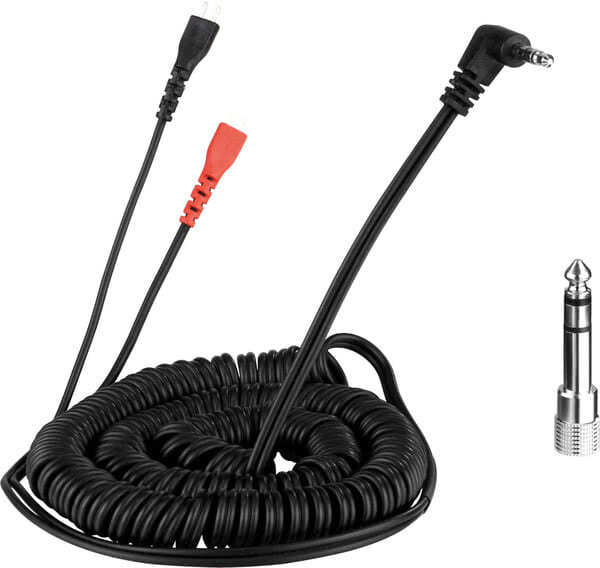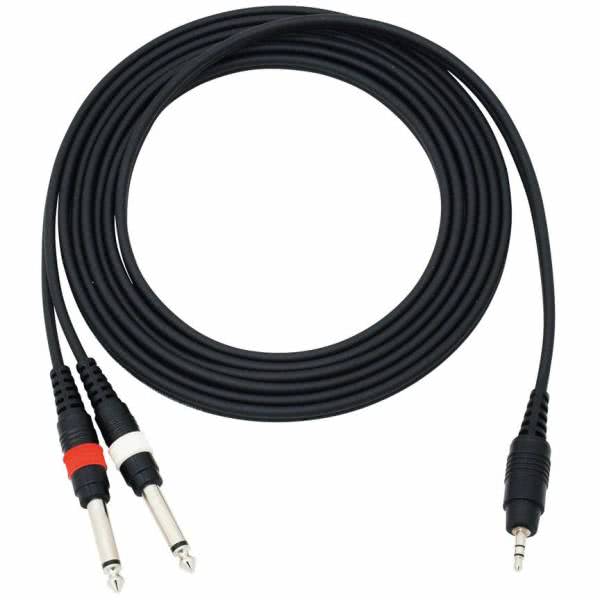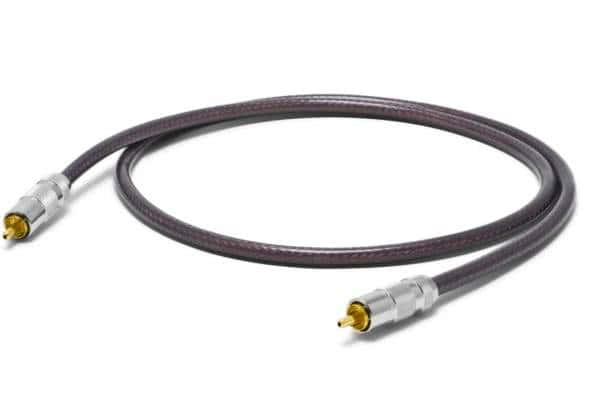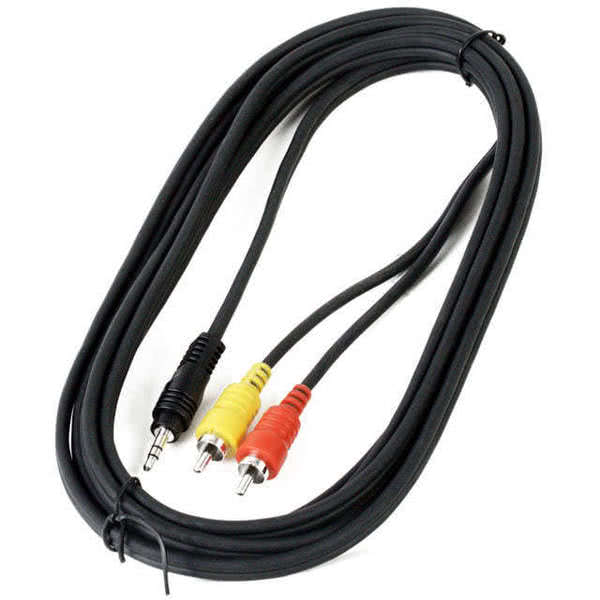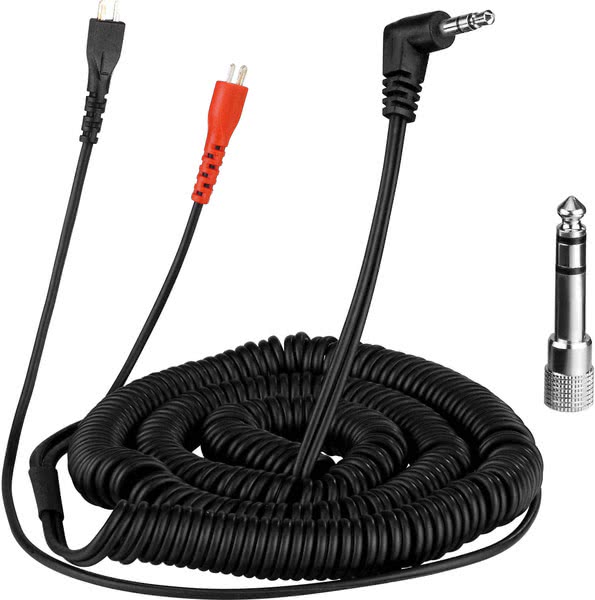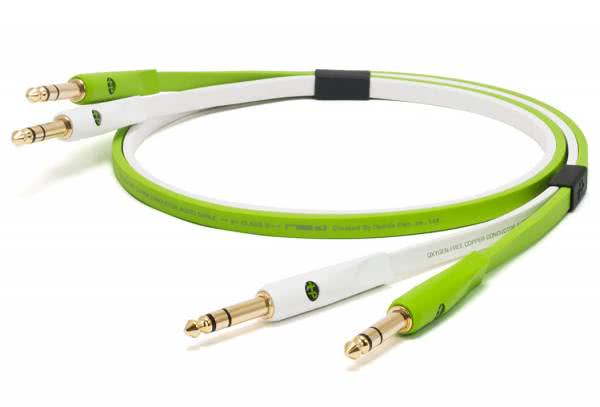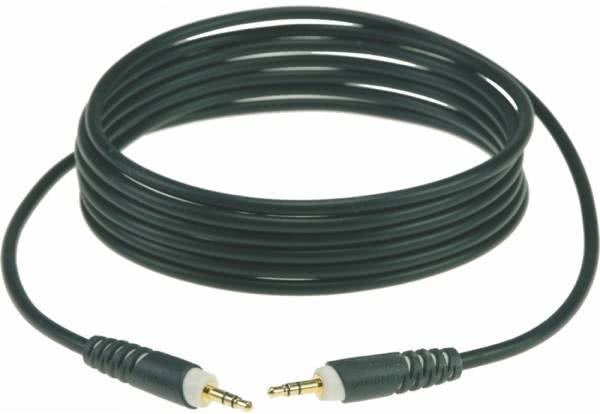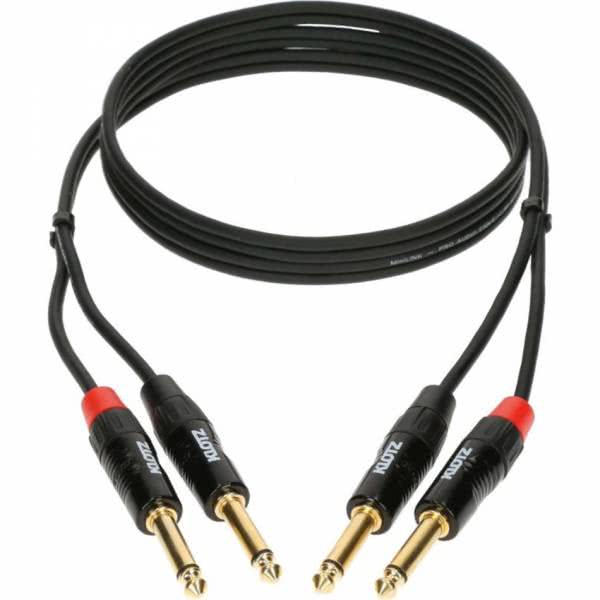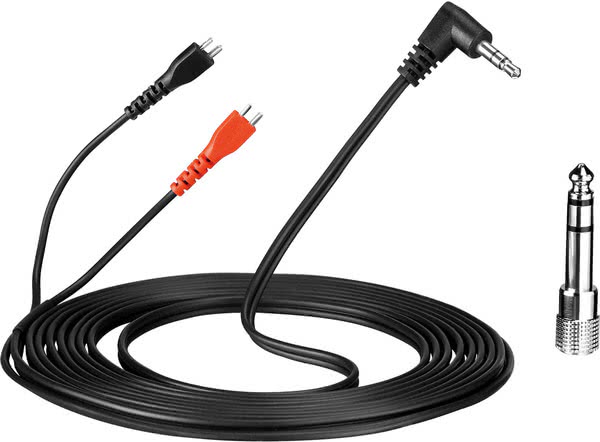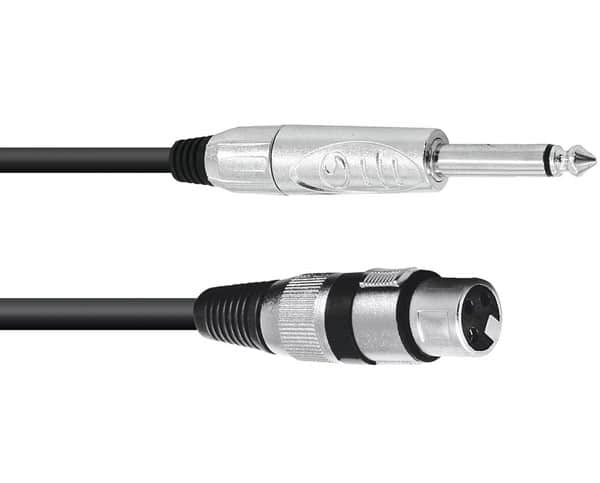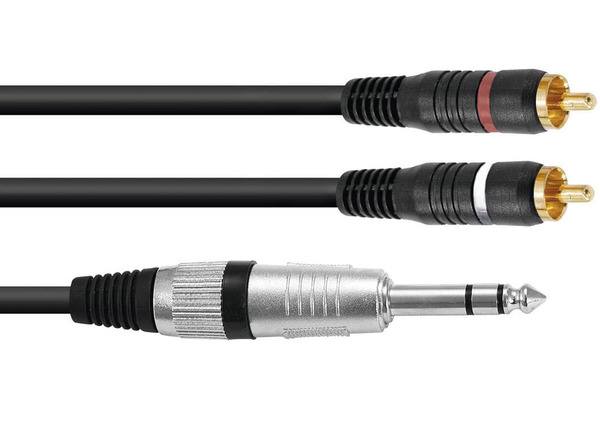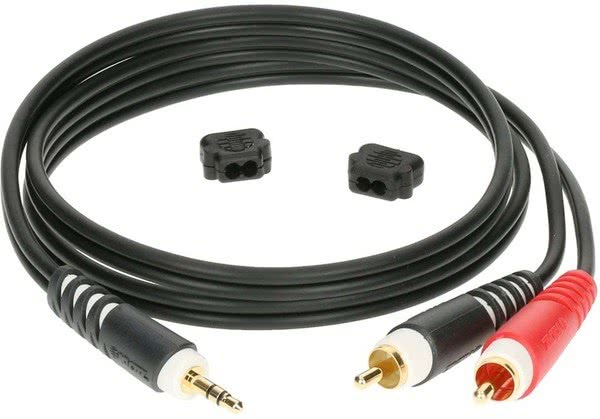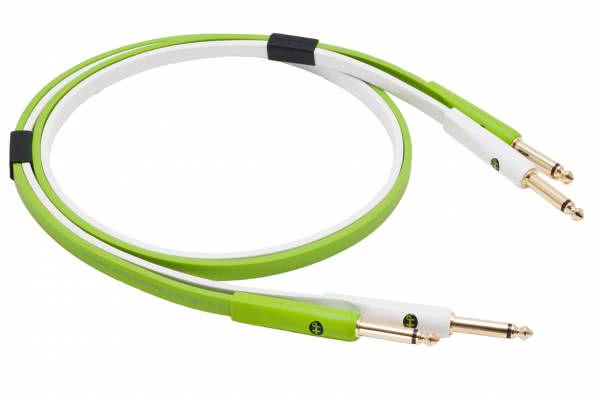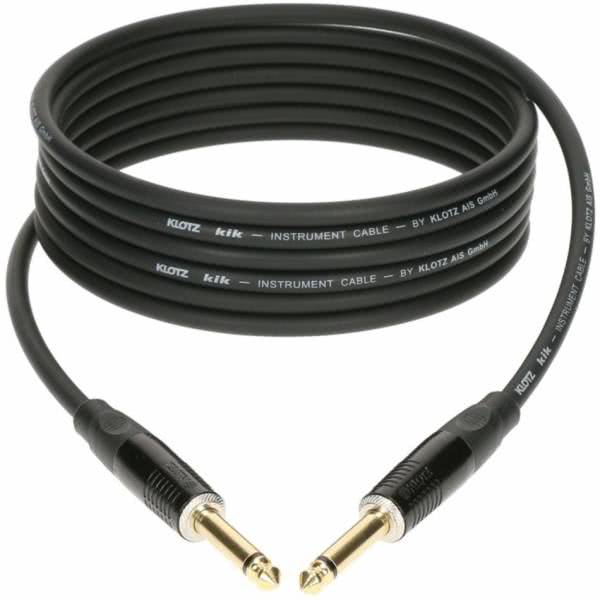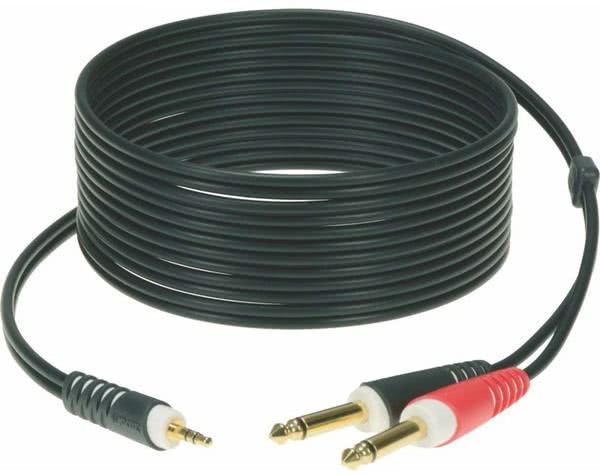The jack plug
Jack plugs are used all over the world when audio signals are to be transmitted. These are now available in a wide variety of designs, ranging from 0 (optical) to 2 (mono) and 3 (stereo) to 4 (stereo with additional) contacts. Especially for headphones, stereo jack plugs are nowadays installed as standard, as they are the successor of the simple mono plug, so to speak.
Mp3 players, smartphones and other small electronic devices are usually equipped with a 3.5 mm jack plug. Headphone cables also have the 3-5 mm plug. With an appropriate adapter, the plug can even be used in a larger socket with a diameter of 6.35 mm. If desired, the 3.5 mm plug can also be purchased in an angled form. In addition, the cable is usually well protected against external influences.
The 3.5 mm jack is primarily intended for connecting headphones or earphones. Often there is also a so-called line-out jack, which allows the audio signal to be routed to a hi-fi system without an additional amplifier. This cable has a 3.5 mm plug on one end, while two RCA plugs are attached to the other end. This allows small electronic devices such as the smartphone or the Mp3 player to be connected to the hi-fi system in the living room in just a few seconds.
In professional audio applications, jack cables with a diameter of 6.3 mm are often used.

